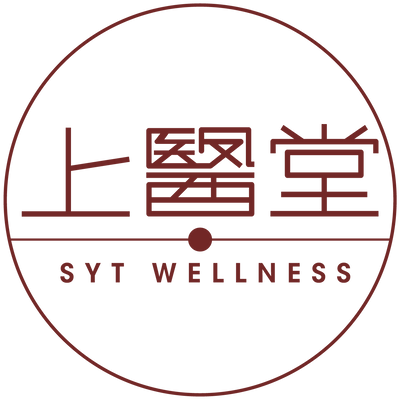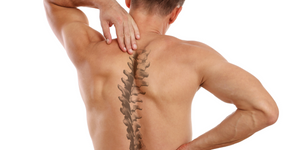Poor Sitting Posture - Crooked Disc
Cause:
Most patients with this disease are young women. The common reason is that when the patient fell, one side of the hip landed, and the bones were "skewed". In addition, due to the effects of endocrine disorders during pregnancy and postpartum, the disc muscles "sacral iliac joints" become loose. When being bumped, twisted, pulled, or holding a child with incorrect posture, all will cause the disc to be dislocated. In addition, poor sitting posture (for example: sit on crossed feet), often wearing high heels, or incorrect posture when doing exercises (for example: stretching or meditation in yoga), etc., are easy to twist the disc.
Clinical manifestations:
When the patient walks, the patients stagger and need to turn a side of their buttocks up. In addition, patients usually point to one disc bone (the upper part of the buttocks), indicating that they are too painful to sleep.
During the clinical examination, the patient’s muscle spasm and there is tenderness in the affected area of the buttocks, the "sacral iliac joints" on sides of the discs were asymmetry being high and low, and the affected area was abrupt. The length of the feet were also in asymmetry being high and low, causing the waist muscles to be very tight and the movement of the lower limbs are restricted. The pain can also be aggravated when bending, turning, and lying on the back. If this disease is not treated in time, it will cause headaches, broad neck and back, and limp.
Treatment method:
1. Acupuncture: to reduce the spasm and inflammation of the waist and hips.
2 Manipulative treatment: bone setting and chiropractic maneuver to reset the upturned disc.
3. Traditional Chinese medicine treatment: Orally take Detox Liver and Strengthen Spleen Pill
Reminder:
Get more rest, stop strenuous exercise and improve bad posture. Hot compress to the affected area and do more physical exercises to strengthen the muscles of the hips and spine to maintain normal and stable lumbar disc function.
Source:"The Complete Book of Pain" by Cheung Yung


